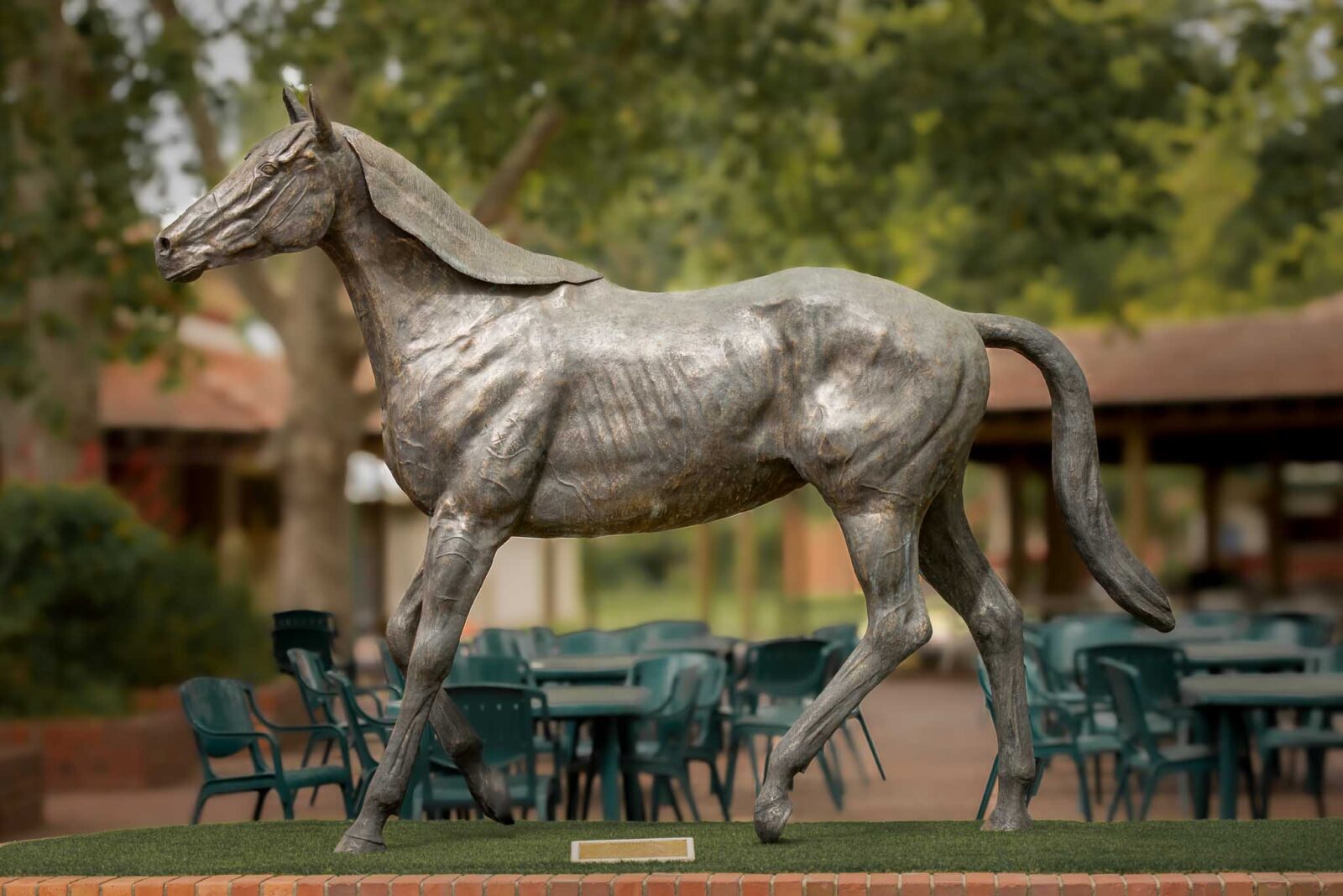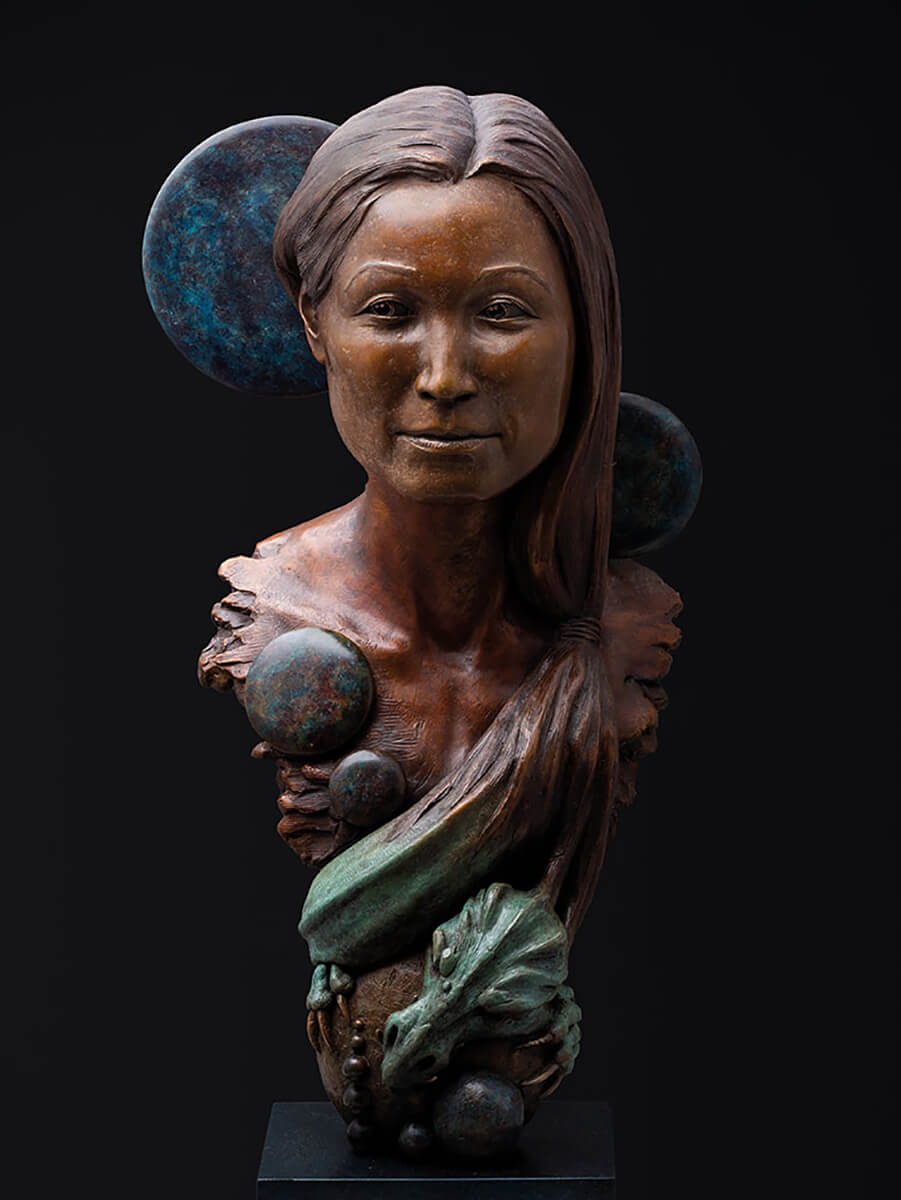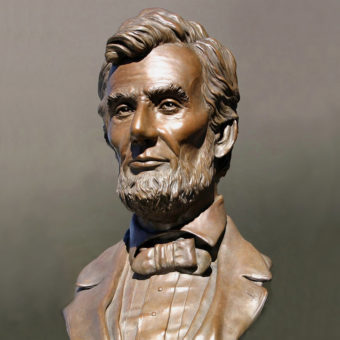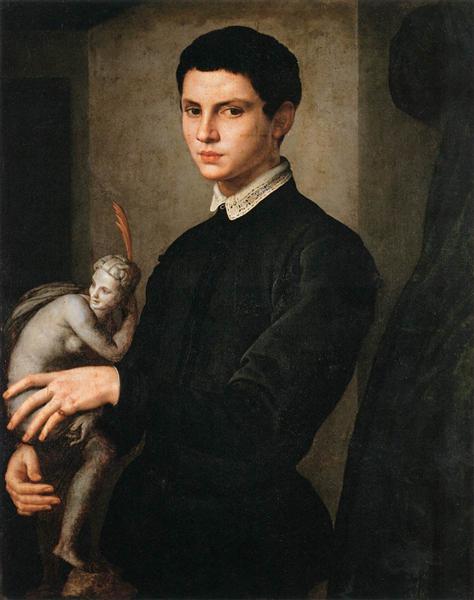Master of Faces: Check Out the Globe of a Portrait Sculptor
Wiki Article
The Advancement of Sculptures: From Old to Modern
The Advancement of Sculptures: From Old to Modern. Robert C Hitchcock Sculptor.Sculpture, among the oldest kinds of art, has actually been an indispensable component of human civilization for millennia. From the ancient civilizations of Egypt and Greece to the modern era, sculptures have advanced, mirroring changes in artistic techniques, materials, and social impacts. This journey with time traces the growth of sculptures, exploring the changes in design, topic, and artistic expression.
Starting with the ancient world, sculptures crafted from rock and later on bronze captured the essence of divine beings, rulers, and day-to-day life. The Renaissance period experienced a resurgence of timeless sculpting strategies, as artists looked for to emulate the stylish kinds of ancient Greek and Roman sculptures (Contemporary Sculptures). In the modern-day age, artists challenged typical limits, embracing abstraction and trial and error with brand-new materials
This exploration will explore the varied advancement of sculptures, disclosing the rich tapestry of artistic expression across various durations and cultures.

Old Sculptures: From Stone to Bronze
Ancient sculptures transitioned from being sculpted out of stone to being cast in bronze. This change marked a substantial advancement in the art of sculpture, enabling higher refinement and detail in the finished jobs. Rock sculptures, while impressive in their own right, were limited by the nature of the product. Rock called for considerable shaping and carving, frequently leading to an extra streamlined representation of the subject.The introduction of bronze as a tool for sculptures caused a revolution in imaginative expression. Bronze supplied sculptors the chance to create realistic and complex forms that were not possible with rock. The process of casting bronze allowed for the creation of multiple duplicates of a sculpture, enabling bigger circulation and conservation of these artistic work of arts.
The change from rock to bronze also saw a shift in the topic of sculptures. While stone sculptures predominantly portrayed gods, goddesses, and mythological numbers, bronze sculptures began to reflect a wider variety of topics, consisting of everyday individuals and pets. This development of subject issue showcased the convenience and versatility of the bronze medium.
Renaissance Rebirth: Shaping in the Timeless Design
The Renaissance rebirth of sculpture observed a revival in the timeless design, structure upon the improvements made during the shift from rock to bronze in old sculptures. During this duration, artists sought to recreate the classical visual and suitables of beauty that were widespread in old Greek and Roman sculptures.Among the vital attributes of the Renaissance rebirth was the emphasis on naturalism and the human type. Carvers like Donatello and Michelangelo make every effort to catch the physiological information and expressions of their topics with unprecedented precision. They researched the human body and incorporated their observations into their sculptures, leading to realistic and sensible depictions.
Another crucial facet of the Renaissance revival was the exploration of viewpoint and depth. Artists used techniques such as contrapposto, where the weight of the body is changed away, creating a feeling of activity and dynamism. They also tried out with various materials, consisting of marble and bronze, to attain a degree of elegance and intricacy in their sculptures.

Modernism and the Avant-Garde: Breaking Conventional Borders
During the Innovation and Avant-Garde motions, artists pressed the borders of standard creative conventions. This period, which emerged in the late 19th and early 20th centuries, saw a remarkable shift in the method artists approached sculpture. Declining the notion of art as plain replica, modernist carvers looked for to discover new forms, materials, and concepts.
One of the essential characteristics of modernist sculpture was the focus on abstraction. Carvers relocated away from reasonable depictions and instead focused on catching the significance of the topic with simplified types and geometric forms. This separation from conventional depiction permitted artists to reveal their emotions and concepts in a more subjective and individual manner.

Contemporary Sculptures: Discovering New Products and Concepts
With a concentrate on checking out new products and principles, contemporary sculptures have actually transformed the area of art. Artists today are pressing the boundaries of typical sculpture by making use of innovative materials and experimenting with abstract concepts. These sculptures test conventional notions of significance, kind, and materiality, inviting audiences to involve in a thought-provoking and brand-new imaginative experience.Contemporary carvers are embracing a wide variety of products, including plastic, glass, metal, and also natural issue. They are not limited to the typical medium of stone or clay, enabling for greater freedom of speech and trial and error. This change in the direction of unconventional products has opened new possibilities for musicians to produce sculptures that are vibrant, interactive, and visually striking.
In addition to exploring brand-new products, contemporary sculptures additionally dig into facility and abstract concepts. Musicians are currently exploring themes such as identity, social problems, and the setting, making use of sculpture as a powerful tool for social commentary and self-contemplation. These sculptures test audiences to believe critically and involve with art on a much deeper degree, sparking discussions and prompting emotional reactions.
International Influences: Sculptural Traditions From Worldwide
Sculptural traditions from numerous areas of the world have significantly formed the evolution of sculptures throughout history. The worldwide influences on sculpture have actually varied and have actually added to the richness and selection of creative expressions. From the ancient people of Egypt, Greece, and Rome to the elaborate makings of Asian cultures, each region has actually established its one-of-a-kind sculptural traditions that have influenced artists throughout time.In old Egypt, sculptures were created largely for funerary and religious functions. The famous sculptures of pharaohs and gods, such as the Great Sphinx and the breast of Queen Nefertiti, showcase the Egyptians' mastery of stone sculpting and their idea in the immortality.

In old Rome, sculpture served both creative and political objectives. Roman sculptures often portrayed emperors, generals, and mythical figures, showing the power and Read Full Report splendour of the empire. The marble statuary of Augustus of Prima Porta and the huge Arch of Constantine are notable instances of Roman sculptural accomplishments.
Eastern sculptural practices, especially in India, China, and Japan, have also had a profound impact on the advancement of sculptures. Japanese sculptures, influenced by Buddhism, highlight simpleness and serenity, seen in the calm statues of Buddha and the classy art of bonsai.
The global impacts on sculpture continue to progress in the modern-day era. As we look to the future, it is particular that the global impacts on sculpture will certainly continue to form and redefine this ancient art form.
Final Thought
To conclude, the advancement of sculptures has actually seen a change from ancient stone and bronze functions to the classic revival during the Renaissance. This was complied with by the breaking of conventional borders with modernism and the progressive motion. Today, contemporary sculptures explore brand-new materials and principles, while also drawing motivation from global sculptural customs. The trip of sculptures shows the ever-changing artistic expressions and social influences throughout background.From the ancient people of Egypt and Greece to the modern-day era, sculptures have actually advanced, showing adjustments in artistic methods, products, and cultural influences.Starting with the ancient globe, sculptures crafted from stone and later bronze recorded the essence of divine beings, leaders, and everyday life.Old sculptures transitioned from being sculpted out of stone to being cast in bronze. While rock sculptures primarily illustrated gods, goddesses, and mythological figures, bronze sculptures started to show a more comprehensive variety of topics, consisting of everyday people and animals.In final thought, the development of sculptures has seen a shift from old stone and bronze functions to the classic rebirth throughout the Renaissance.
Report this wiki page